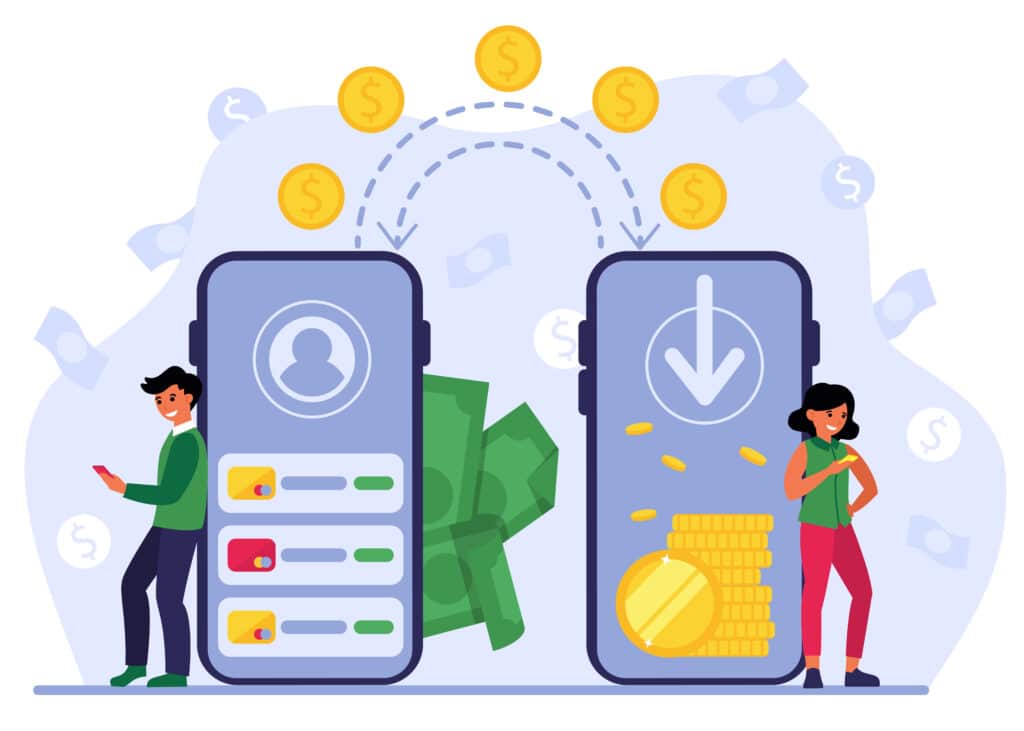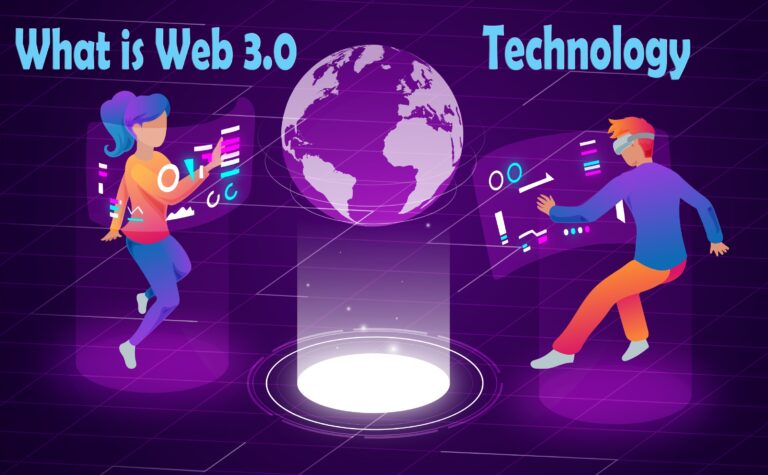What is Blockchain Technology?
Blockchain used in virtual currencies, is a database that directly connects terminals on a network and processes and records transaction records in a distributed manner using cryptographic technology. In addition to managing data in units called blocks, it refers to a technology and mechanism that stores data by connecting them like a chain.
Blockchain is a technology for recording and managing information. It is called a blockchain because it has a structure that collects data and connects it one after another like a chain.
Companies, local governments, and countries usually keep ledgers such as accounting ledgers, wage ledgers, and basic resident registers. Blockchain, on the other hand, does not have a specific administrator, and all participants who handle crypto assets share, store, and manage the ledger. This is a distributed ledger, and blockchain is a technology that clarifies and shares who wrote what information on the ledger, when, and stores it in a way that cannot be forged.
Four characteristics of blockchain

Blockchain technology is highly resistant to information and hacking due to its use of cutting-edge technologies. Bitcoin (BTC), the world’s first crypto asset, has never had its What is Artificial Intelligence (AI)? Discover the Mind-Blowing Power of AI!blockchain altered. I have never been hacked or hacked.
We will introduce four key features that contribute to blockchain’s high level of security and convenience.
1. P2P (peer-to-peer) network

To manage information, blockchains like Bitcoin use peer-to-peer networks.
In a peer-to-peer network, data is distributed, and information is shared between multiple nodes. Nodes are computer terminals connected to specific crypto assets such as Bitcoin, often called peers.
If you think of P2P as the English term for distributed ledger technology, it will be easier for you to understand.
When a server malfunctions or goes down, the entire client-server system stops.
The P2P network, on the other hand, distributes data among multiple computers, so even if one goes down due to a hacker attack, the whole network is still operational.
You can still restore your data files even if they are lost to a hacker since they are stored on other servers. Data is distributed and stored on many computers, distributing risks rather than concentrating them in one place.
Therefore, a blockchain using a peer-to-peer network is a decentralized system in which users monitor each other, and it is different from traditional centralized systems.
2. Cryptographic technology

Cryptographic technology is one of the reasons why the Bitcoin blockchain is considered safe.
An innovation changes over the items in information into a confused structure by outsiders and afterward reestablishes the changed over information. Cryptographic innovation utilizes two keys to trade information: a public key and a confidential key. It is only possible to decrypt encrypted data with the public and private keys.
Decryption cannot be performed without the private key, even if the public key is disclosed to third parties. The crypto assets are secure as long as the private key is not stolen. However, the private key should be managed strictly.
Your data may be leaked, or your crypto assets may be stolen if your private key is handed over to a third party.
3. PoW (Proof of Work)
Bitcoin is considered safe because of the PoW (proof of work) consensus algorithm introduced in the blockchain. Other things have also been done to make the blockchain more secure.
Briefly, PoW refers to a transaction approval system. Adding a block to the blockchain in the case of Bitcoin is extremely difficult.
Calculation work (transaction approval work) is called mining, and Bitcoins are awarded to the first person who completes it successfully. Installing a powerful computer capable of performing enormous calculations at high speeds is necessary to succeed in mining quickly.
The difficulty of Bitcoin mining has, therefore, increased. You will also need to manipulate subsequent blocks if you attempt to tamper with one block, so it takes time and effort to tamper with one block.
A tamper-proof blockchain makes Bitcoin extremely difficult to hack.
4. Smart contract
Intelligent contracts are systems that automatically execute the contents of contracts without human intervention. Due to blockchain technology, two conditions are met: contracts cannot be tampered with, and contracts can be executed automatically without a central administrator intervening.
Automating the contract process without involving a third party can shorten the transaction period and reduce personnel costs.
However, not all crypto assets implement smart contracts. This feature is famously implemented by Ethereum (ETH). People who recognize the potential of blockchain have already developed various services.
Types of blockchain
There are three main types of blockchain:
- Public type
- Private type
- Consortium type
Public type
There is no central authority or administrator for public blockchains; users manage them themselves.
In this system, no intermediaries are involved in transactions, and data is transparent on the Internet. Hence, open blockchains can also be referred to as public blockchains.
Compared to other types of blockchains, public blockchains are highly secure. As an alternative, it has the disadvantage of requiring much processing time and effort to add new information to the blockchain.
Private type
The characteristics of private blockchains are that individuals or organizations manage them, that rules can be easily changed, and that transactions are approved quickly. There is no problem with slow processing speed like there is with public blockchains, but there is a problem with transparency.
Private blockchains are not presented to the rest of the world, so information can be put away on the blockchain inside a shut framework, ensuring security. These qualities make private blockchains, otherwise called permission based blockchains, ideal for general organizations and monetary foundations.
Consortium type
Blockchains of the consortium type are blockchains managed by multiple organizations or groups. The consortium type’s decentralization, security, and processing speed are intermediate between the public and private types. Consortiums are managed by various organizations or groups rather than a single organization, making them more decentralized and secure than private types. As a result, unlike the public type, the number of participants is limited, so the private type also has a fast processing speed. Consequently, consortium-type blockchains are used by multiple companies in the same industry to create blockchains.
Record transaction information until the process is complete
Every time a transaction occurs, the blockchain generates, verifies, and records this information. I will briefly explain how it works.
Generate information about transactions
To generate transaction information, the first step is to perform a process called “transaction”.
For example, person A sends 1 BTC to person B in a transaction. Other nodes connected to the network will check the contents of the signed document when you use a pre-registered private key.
The transaction will be discarded if a problem is found here.
Verifying and recording data for mining
Crypto asset transaction participants verify the transaction data if the transaction is satisfactory.
Blocks will be linked and recorded on the blockchain if the data content and recording procedure are manageable. Verifying this is called “mining,” and the person demonstrating it is called a “miner.”
Miners receive a fixed amount of Bitcoin as a reward for their verification work. Only when mining is completed will the “1 BTC remittance” be executed from person A to person B.
Summary
Our explanation of the blockchain that supports Bitcoin has covered its basics and prospects for the future.
As a result, blockchain can become an infrastructure that supports crypto asset transactions and society as a whole if used properly.
Blockchain-based services are being developed daily, improving conventional work and creating new value. Technology like blockchain has the potential to change the future.







